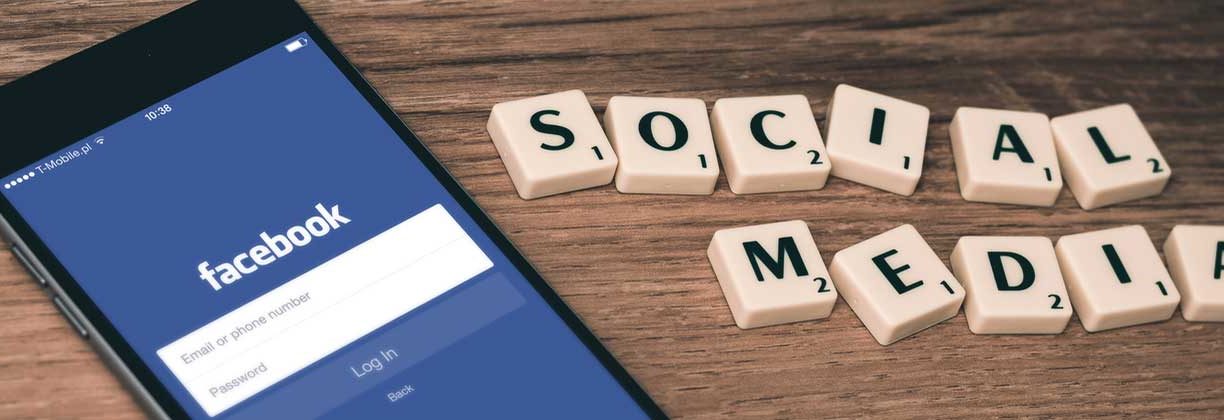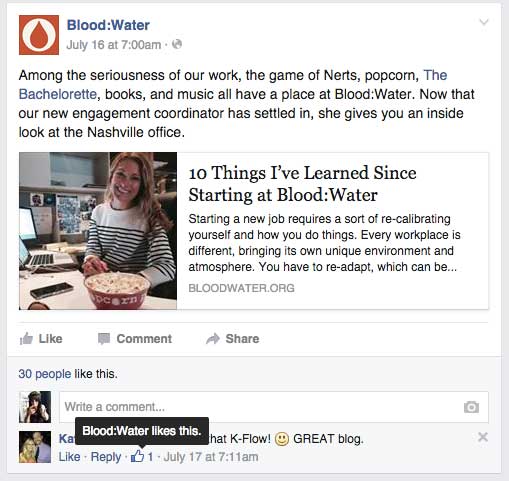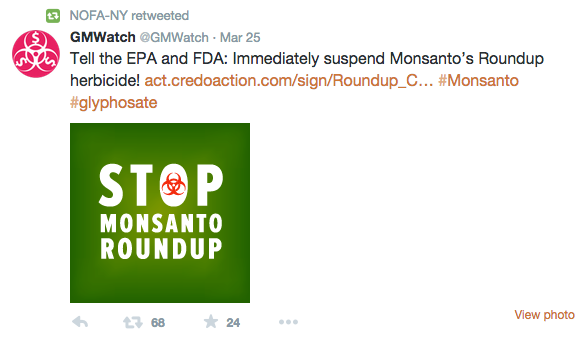Create a Stronger Sense of Community With Your Social Media Strategy

Two thirds of Americans have at least one social media profile and users spent an average of 103.2 minutes per day on social media sites in 2014.
As the amount of time people spend on social media increases, so does the importance of having a presence there. It’s a place where you can interact with your community on a personal level, especially as you grow and gain constituents from near and far. Building a stronger sense of community is an important step toward higher donor retention rates. With nearly six in 10 donors failing to give again, there’s plenty of room for improvement.
What exactly should you be posting on your social media pages in order to make the most of this engagement channel? Posts should typically fall into three categories:
- Appreciation: Say thanks and recognize supporters.
- Advocacy: Provide information about your cause that raises awareness, including other organization’s posts and industry relevant news.
- Appeals: Ask for donations, volunteers, or other support.
Understanding the driving forces behind these three types of posts can boost the overall effectiveness of your campaigns. What would you be looking for on social media if you were in your donor’s shoes? Here are three things to consider when implementing your donor stewardship strategy on social media.
We All Want to Feel Special
Social media is a chance to say thanks and show appreciation for both your community members and your staff. Show that you listen and are engaged — respond to individual comments from your community and delight your donors with shout-outs. Think about different ways your organization can make your supporters feel special even when they aren’t donating.
Thank individuals for smaller actions such as sharing, liking, or commenting on your posts. Continue the dialogue by following key supporters’ pages and liking or commenting on content pertinent to your organization. This type of engagement with your followers makes them feel like they are part of your organization’s family and that their participation matters. This helps foster feelings of mutual respect and could even make it easier to ask for help when the time comes.
Social media is also a great place to humanize your organization by highlighting members of your staff. If supporters are able to learn about the people hard at work behind the scenes, they will feel more connected to your organization and cause. You can also highlight individuals positively impacted by your organization so donors can see firsthand what their contribution helps you accomplish.
Try this quick tip: “Like” or favorite positive and useful comments posted on your content, and follow up with anything negative. Liking your follower’s feedback conveys to them that you both acknowledge and appreciate what they had to say. Here, Blood:Water, a group working to address the HIV/AIDS and water crises in Africa, “Liked” an individual comment made on their post.

We All Expect Timely, Relevant Information
Social media has quickly moved up the ranks as a prime news platform. In a recent Deloitte survey of 2000 Americans, it was found that while TV remains the most popular news source, amongst the millennial generation it’s closely followed by social (28 percent versus 26 percent). With this trend in mind, posting relevant and current news will help to develop a sense of rapport with your audience as a trusted source of interesting, pertinent information. Relevant news doesn’t have to just mean key industry announcements either. Featuring upcoming events and the work of other organizations is a great way to keep your content fresh while advocating for your cause.
Try this quick tip: Share the spotlight and devote a portion of your posts to only posting or retweeting like-minded ideas and news. It’s a great way to develop your organization’s image as an authority figure in the field by showing you understand how your organization fits into the bigger picture. Here, the Northeast Organic Farming Association of New York leveraged their network and retweeted a like-minded organization’s petition.

We All Want to Be Inspired
Sixty eight percent of social media users share to give people a better sense of who they are and what they care about. When we see something that speaks to us, defines us, or elicits an emotional response, we’re more likely to share it with our connections in order to publicly display a piece of ourselves.
Share images and bits of inspiration that help your followers understand exactly what you represent. Even if your cause seeks to address a specific problem, your organization as a whole undoubtedly has a unique way of looking at the world and holds certain ideals close to heart. Why not speak to those ideals that make you, you? In doing so, you connect on a deeper level with your community. And when the time comes to make specific appeals on social media, they will seem more genuine and natural when supported by the context of your past posts.
Try this quick tip: Post content that resonates with your cause but is also highly relatable and easy to identify with. Your brand identity is created by moments over time. Each individual post, tweet, and share is an opportunity to impact how your brand is portrayed. How do you want to be perceived?
In these examples, To Write Love On Her Arms, an organization serving those that suffer from addiction, depression, self injury, and thoughts of suicide, shares an eye-catching image and an inspirational quote with their logo in the corner of the image. Their motivational tweet quoting Malala Yousafzai is a great example of a piece of content that exemplifies what they stand for, and it’s highly retweetable.


Pulling it All Together
Planning and generating content is a huge part of your strategy, but how do you know if it’s actually working? Don Schindler, a Notre Dame faculty member for their Executive Certificate in Transformational Nonprofit Leadership program, outlines some helpful tools for nonprofits at different stages in growth. There are many free and paid tools out there that help to manage, track, and analyze your social campaigns. Start with free tools to understand what type will benefit your organization the most before making an investment. Examples of free tools include Hootsuite, Topsy, Facebook Insights, and Google Analytics. Popular paid tools include SocialOomph, Hootsuite Pro, Simply Measured, Buffer for Business, and Radian6.
These tools will allow you to manage your social media presence and strategically develop a sense of community amongst your supporters. If you make them feel special, provide timely, relevant information, and become a source of inspiration, it will strengthen their relationship with your organization and boost your donor retention.
Learn more about the various social media channels. Download this guide for a more in depth look at using Facebook, Twitter, Vine, Instagram, Pinterest, Google+, and LinkedIn.
Every Campaign. Every Channel. #Winning
Photo Credit: Blood:Water Facebook, NOFA-NY Twitter, To Write Love on Her Arms Facebook, To Write Love on Her Arms Twitter




